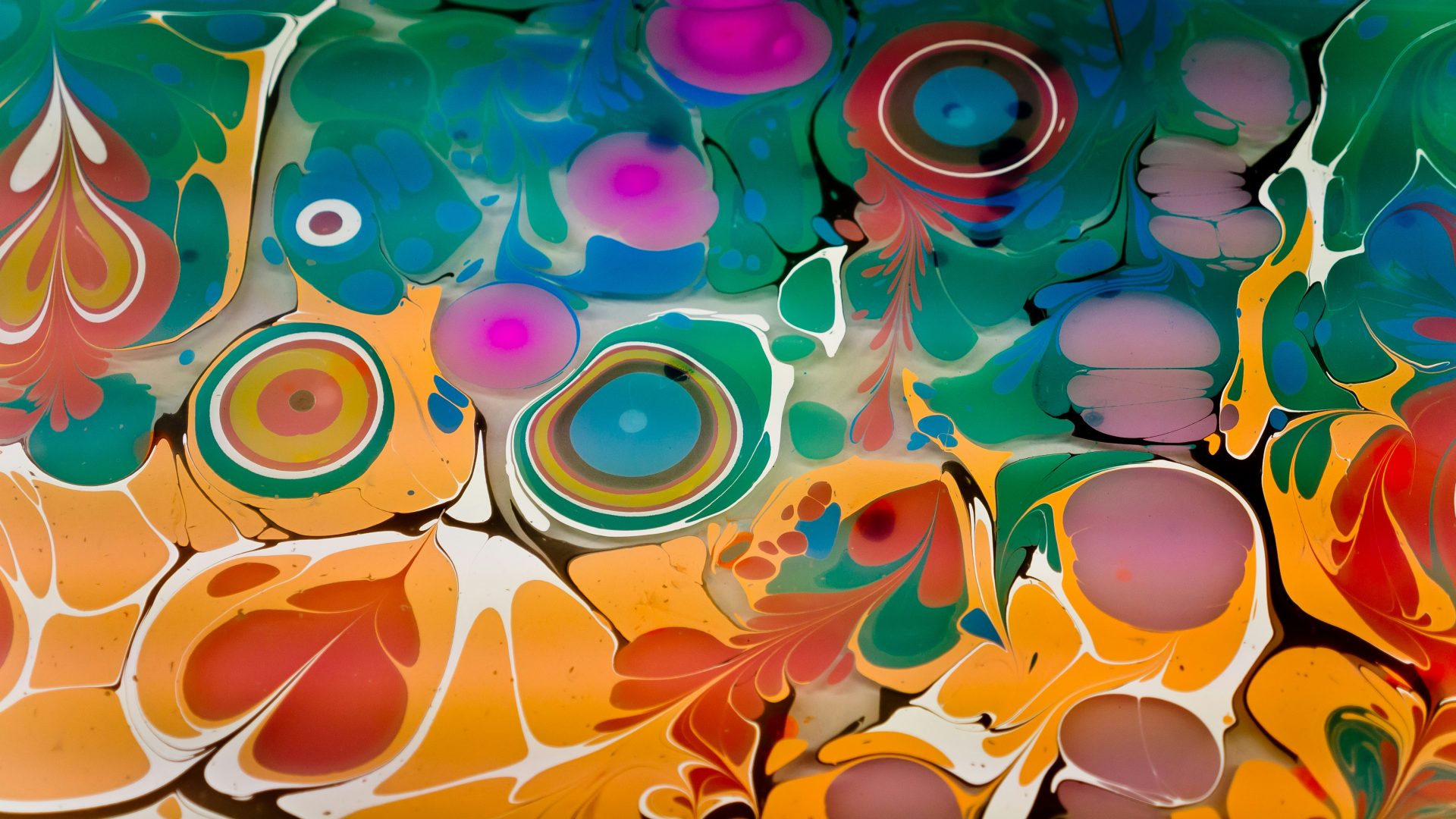Orthodox Christmas Symbols and Their Significance

Before diving in, please note: This post is for informational purposes only. If you’d like to know more about how we approach topics, feel free to check out our friendly Disclaimer Page.
Hey there, amazing readers! 🖐️ Just a quick note: yes, we know there are a lot of ads here. Trust us, we get it—it’s not the prettiest look, but they help us keep this blog alive and kicking. Those pesky little ads cover the costs of all the behind-the-scenes magic, from hosting and tech stuff to creating content we hope you’ll love.
We’re committed to delivering quality posts, and your support (even just sticking around despite the ads) means everything to us. So, bear with us, and thanks for helping us keep the good vibes rolling. Now, on to the fun stuff! 😉
TRANSLATE BUTTON AT THE END OF THE ARTICLE
A Quick Overview
Orthodox Christmas is a delightful celebration steeped in rich traditions and profound meanings.
Celebrated on January 7th, it honors the birth of Jesus Christ in ways that resonate with history, faith, and culture.
The symbols associated with this festival hold significance that transcends mere decoration or ritual.
Each element tells a story, invites reflection, and draws communities together.
Whether it’s the twinkling lights or the hearty meals shared among family, every symbol and tradition enhances the joy of the holiday season.
As we delve into the various symbols associated with Orthodox Christmas, you’ll discover not just their meanings but also how they connect believers to their faith and heritage.
Let’s embark on this festive journey, exploring the symbols that make Orthodox Christmas a truly heartwarming occasion.
Understanding Orthodox Christmas: A Joyful Celebration
Orthodox Christmas celebrates more than just the birth of Christ; it embodies a spirit of renewal and joy.
In many cultures, the season is marked by a blend of religious observance and festive merriment.
The weeks leading up to Christmas involve a period of fasting and reflection, known as Advent.
This period prepares the hearts and minds of believers for the coming celebration.
On Christmas Eve, families gather for a special meal called the Holy Supper, which often consists of twelve dishes representing the apostles.
Each dish carries its own symbolism, reflecting the abundance and blessings of life.
It’s a time for families to come together, share stories, and express gratitude.
Christmas Day is filled with church services, where congregations sing hymns, light candles, and reflect on the significance of Christ’s birth.
The atmosphere is one of joy, love, and community.
The day is often marked with visits from friends and family, further strengthening bonds and fostering a sense of togetherness.
Believers find joy in the story of Christmas, symbolizing hope and the promise of salvation.
It’s a reminder of the light that entered the world through Christ, illuminating the path for all.
The celebration doesn’t end on Christmas Day; it often extends into the New Year, encompassing additional traditions and customs that enrich the experience.
The Star: Guiding Light of the Christmas Story
One of the most recognizable symbols of Orthodox Christmas is the star.
It represents the Star of Bethlehem, which guided the Wise Men to the birthplace of Jesus.
This symbol is not just decorative; it carries profound meaning.
Direction and Guidance: The star symbolizes divine guidance in our lives.
Just as the Wise Men followed the star, believers are reminded to seek direction from God.
Hope: The light of the star stands for hope in a world that can sometimes feel dark.
It encourages us to look for light, even in difficult times.
Celebration of Epiphany: In some traditions, the star also signifies the feasts surrounding Epiphany, celebrating Christ’s baptism and revelation to the world.
In many households, families adorn their Christmas trees with star ornaments, a visual representation of this guiding light.
Whether atop a tree or hung in windows, the star connects believers to the core message of Christmas.
The Nativity Scene: A Reflection of Humble Beginnings
The Nativity scene is perhaps the most cherished symbol of Orthodox Christmas.
It depicts the humble beginnings of Jesus’s life, surrounded by Mary, Joseph, and the animals of the stable.
This scene offers a visual storytelling experience that resonates deeply with believers.
Love and Humility: The Nativity reminds us that greatness can emerge from the humblest of circumstances.
Jesus was born not in a palace but in a stable, emphasizing that love is found in simplicity.
Community: The figures in the Nativity often include shepherds and angels, representing the community that gathered to witness this miraculous event.
It symbolizes the importance of sharing joy and hope with others.
Tradition: Setting up the Nativity scene is a cherished family tradition in many Orthodox households.
Each family adds their own unique touches, making the scene personal and meaningful.
In some cultures, children might reenact the Nativity story, further instilling the values of community, love, and humility.
This tradition fosters a sense of belonging and connection to heritage.
The Christmas Tree: Symbol of Life and Renewal
The Christmas tree has become a global symbol of the holiday season, but in the Orthodox tradition, it carries specific meanings.
Decorated with lights and ornaments, the tree represents life and renewal.
Evergreen: The tree is typically an evergreen, symbolizing eternal life.
Just as the tree remains green throughout the winter, it symbolizes the everlasting nature of Christ’s love.
Light: The lights on the tree signify the light of Christ entering the world.
They remind us that even in the darkest seasons, there is hope and light.
Family Togetherness: Decorating the tree is often a family affair, bringing loved ones together in a joyful and creative way.
It’s an opportunity to reminisce about shared memories and create new ones.
The act of gathering around the Christmas tree is a heartwarming experience.
As family members hang ornaments and share stories, they’re reinforcing bonds that are vital to their communal spirit.
Bread and Salt: Nourishment for the Soul and Spirit
In many Orthodox Christian cultures, bread and salt hold a special place during Christmas celebrations.
This custom symbolizes hospitality, sustenance, and the sharing of blessings.
Symbol of Hospitality: Offering bread and salt to guests signifies a warm welcome and an invitation to share in the joys of the season.
It’s a gesture of goodwill that transcends mere food.
Spiritual Sustenance: Bread, often seen as the "Staff of Life," represents nourishment for the soul.
It connects the physical act of eating with spiritual fulfillment.
Reminder of Unity: Sharing bread and salt during festivities emphasizes community and togetherness.
It’s about breaking bread with family and friends, fostering unity and love.
Families often prepare special loaves of bread, sometimes shaped into festive designs, to serve during Christmas gatherings.
The act of sharing this bread becomes a cherished tradition that reinforces relationships.
The Icon: Connecting Heaven and Earth in Worship
Icons are a vital part of Orthodox Christian tradition.
These sacred images depict Christ, the Virgin Mary, and various saints, serving as windows into the divine.
Visual Theology: Icons aren’t just art; they tell the story of salvation and the relationship between heaven and earth.
They connect believers to their faith and history.
Worship and Prayer: During Christmas, many believers pray before their icons, seeking guidance and blessings.
This practice deepens their spiritual connection.
Cultural Heritage: Icons are often beautifully crafted and hold deep cultural significance.
Displaying them during Christmas reinforces a shared heritage and family identity.
In many homes, icons are adorned with candles, creating a warm and sacred atmosphere.
This blend of art and spirituality enriches the Christmas experience.
Candles: Illuminating the Path of Faith and Hope
Candles play a significant role in Orthodox Christmas celebrations.
They symbolize light, faith, and the presence of Christ in the world.
Light in Darkness: Candles represent the light of Christ dispelling darkness.
Lighting candles during Christmas serves as a powerful reminder of hope and faith.
Prayer and Reflection: Many families light candles during prayers and gatherings, creating a serene atmosphere conducive to reflection and connection.
Tradition of Candlesticks: Some families have special candlesticks that are passed down through generations, adding a layer of personal history to the tradition.
The flicker of candlelight during Christmas gatherings creates a cozy ambiance.
It encourages heartfelt conversations and shared moments that become cherished memories.
The Cross: Central Symbol of Christianity and Salvation
The cross is the most significant symbol in Christianity, representing the sacrifice of Jesus.
During Christmas, it serves as a reminder of the purpose behind Christ’s birth.
Sacrifice and Redemption: The cross symbolizes the ultimate sacrifice made for humanity’s salvation.
Christmas celebrates the beginning of this journey.
Hope and Assurance: The presence of the cross during Christmas inspires hope.
It reminds believers of the promise of life beyond death and the assurance of God’s love.
Uniting Tradition: Many Orthodox homes display crosses alongside other decorations during Christmas, signifying the unity of the celebration with the core tenets of faith.
In essence, the cross binds the joy of Christmas with the solemnity of Christ’s mission, merging celebration with reflection.
Traditional Ornaments: Stories of Heritage and Family
Traditional ornaments used to decorate Christmas trees often carry narratives of family history and cultural significance.
Each ornament can spark joy, nostalgia, and connection.
Cultural Stories: Many families have ornaments that reflect their cultural backgrounds, such as handmade decorations or those passed down through generations.
Personal Memories: Each ornament can represent a memory—whether a child’s first Christmas or a family trip.
They become treasured symbols of heritage.
Creativity and Expression: Families often create their own ornaments, allowing for personal expression and creativity during the holiday season.
As families decorate their trees together, each ornament serves as a conversation starter, fostering connections between past and present.
Songs and Carols: Spreading Joy Through Music
Music is a vital part of Orthodox Christmas celebrations.
Carols and hymns spread joy and create a festive atmosphere.
Joyful Expressions: Christmas carols reflect the joy of the season.
They remind us of the happiness that comes from Christ’s birth.
Cultural Identity: Many Orthodox traditions include unique Christmas hymns that reflect specific cultural backgrounds.
This diversity enriches the musical landscape of the season.
Family Traditions: Singing carols together is often a cherished tradition in families.
It fosters togetherness and creates lasting memories.
Whether sung in church or at home, the melodies of Christmas resonate in hearts, making the season even more special.
Feasting Together: The Importance of Community
No Christmas celebration is complete without a festive feast.
The act of sharing food symbolizes unity, love, and gratitude.
Gathering of Loved Ones: The Christmas meal brings families and friends together, reinforcing bonds and creating a sense of community.
Cultural Dishes: Traditional dishes vary across cultures, showcasing the diversity within the Orthodox community.
Each meal tells a story and celebrates heritage.
Gratitude: Sharing a meal is a way to express gratitude for the blessings of the past year.
It’s a moment to reflect and appreciate what we have.
The laughter and chatter around the dining table enrich the spirit of Christmas, making it a time of joy and celebration.
The Twelve Days of Christmas: Celebrating with Purpose
The Twelve Days of Christmas, from December 25 to January 6, hold significant importance in Orthodox tradition.
Each day is a mini-celebration that deepens the joy of the season.
Continuation of Celebration: Unlike many Western traditions that end with December 25, Orthodox Christmas is a season rich with ongoing celebrations.
Feasting and Traditions: Each day may involve specific feasts, family gatherings, and unique customs that enhance the festive spirit.
Reflection on Christ’s Life: The twelve days allow believers to reflect on the teachings and life of Christ, emphasizing the importance of faith in daily life.
This extended celebration fosters a sense of joy and purpose, reminding us that the message of Christmas is not confined to a single day but resonates throughout our lives.
Conclusion
Orthodox Christmas is a tapestry woven with rich symbols and traditions that resonate deeply with believers.
Each symbol—from the star and Nativity scene to the humble loaf of bread—carries profound meanings that enrich our understanding of faith and community.
As we embrace these symbols, we also celebrate the joy, love, and hope that Christmas brings into our lives.
It’s a time for family, reflection, and renewal.
By participating in these traditions, we connect with our heritage and each other, fostering a sense of belonging that is truly special.
So, as you celebrate Orthodox Christmas, take a moment to appreciate the significance behind each symbol and the warmth it brings to our hearts.

The Enlightenment Journey is a remarkable collection of writings authored by a distinguished group of experts in the fields of spirituality, new age, and esoteric knowledge.
This anthology features a diverse assembly of well-experienced authors who bring their profound insights and credible perspectives to the forefront.
Each contributor possesses a wealth of knowledge and wisdom, making them authorities in their respective domains.
Together, they offer readers a transformative journey into the realms of spiritual growth, self-discovery, and esoteric enlightenment.
The Enlightenment Journey is a testament to the collective expertise of these luminaries, providing readers with a rich tapestry of ideas and information to illuminate their spiritual path.
Our Diverse Expertise 🌟
While our primary focus is on spirituality and esotericism, we are equally passionate about exploring a wide range of other topics and niches 🌍📚. Our experienced team is dedicated to delivering high-quality, informative content across various subjects ✨.
To ensure we provide the most accurate and valuable insights, we collaborate with trusted experts in their respective domains 🧑🏫👩🏫. This allows us to offer well-rounded perspectives and knowledge to our readers.
Our blog originally focused on spirituality and metaphysics, but we’ve since expanded to cover a wide range of niches. Don’t worry—we continue to publish a lot of articles on spirituality! Frequently visit our blog to explore our diverse content and stay tuned for more insightful reads.





